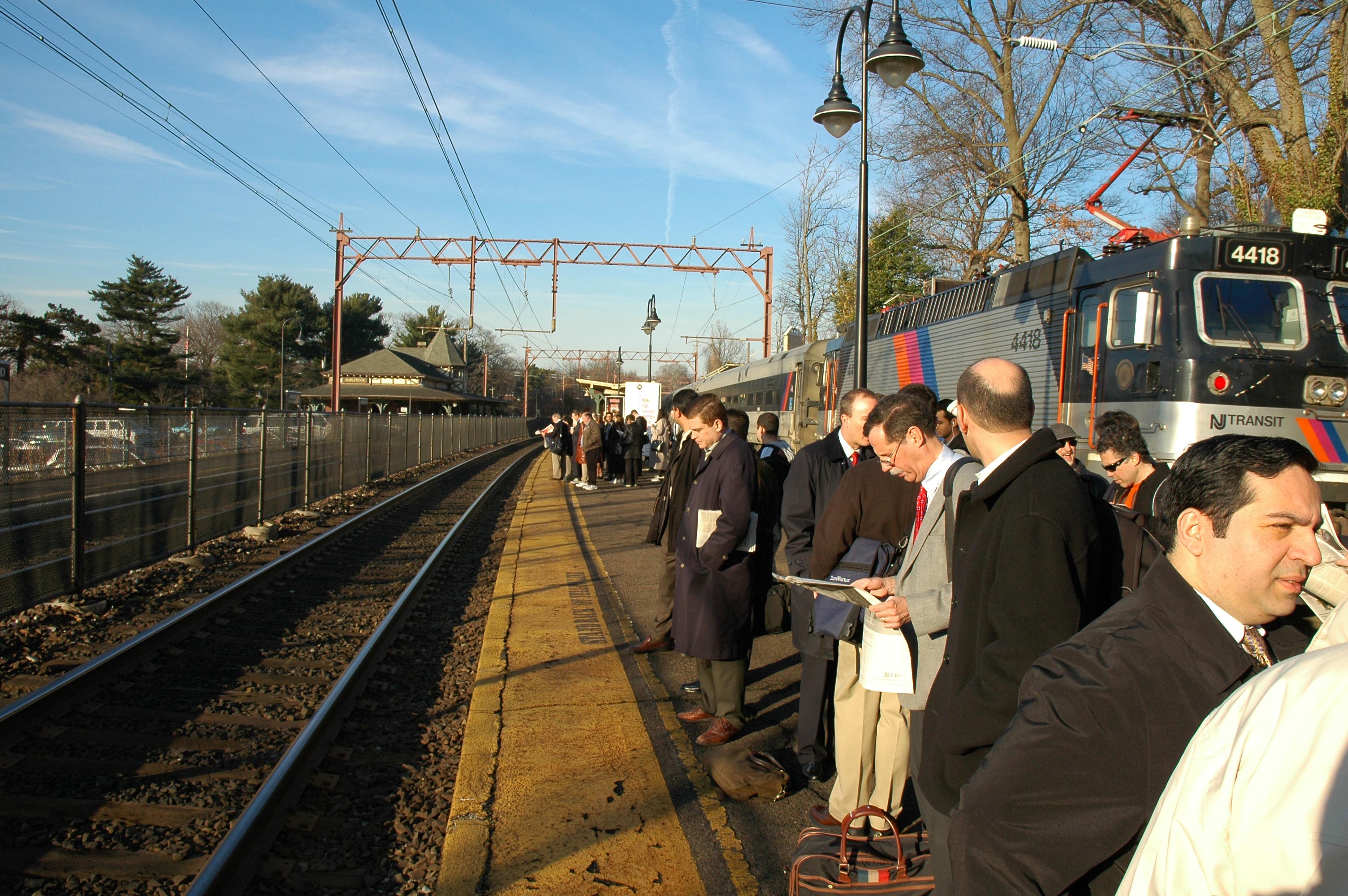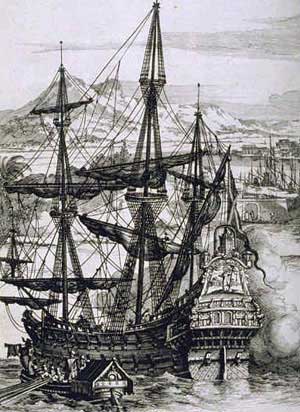|
São Vicente, São Paulo
São Vicente (after Saint Vincent of Saragossa, the patron Saint of Lisbon, Portugal) is a coastal municipality in southern São Paulo, Brazil. It is part of the Metropolitan Region of the Baixada Santista. The population is 329,911 (2022 est.) in an area of . Founded in 1532, by the Portuguese explorer and colonial administrator Martim Afonso de Sousa, it is the first permanent village (colonial settlement) established in Brazil, and the first election on the American continent also took place there. Because of this, it is considered the "cradle of American democracy". São Vicente is one of the 15 municipalities in São Paulo considered seaside resorts by the state of São Paulo, as they meet certain prerequisites defined by State Law. This status guaranteed the municipality a larger budget from the State to promote regional tourism. Furthermore, the municipality acquires the right to add, next to its name, the title of "Estância Balneária" (Balneary Resort), a term by whi ... [...More Info...] [...Related Items...] OR: [Wikipedia] [Google] [Baidu] |
Municipalities Of Brazil
The municipalities of Brazil () are administrative divisions of the states of Brazil, Brazilian states. Brazil currently has 5,571 municipalities, which, given the 2019 population estimate of 210,147,125, makes an average municipality population of 37,728 inhabitants. The average state in Brazil has 214 municipalities. Roraima is the least subdivided state, with 15 municipalities, while Minas Gerais is the most, with 853. Northern states are divided into small numbers of large municipalities (e.g. Amazonas (Brazilian state), Amazonas is divided into only 62 municipalities), and therefore they cover large areas incorporating several separated towns or villages that do not necessarily conform to one single conurbation. Southern and eastern states on the other hand, are divided into many small municipalities (e.g. Minas Gerais), and therefore large urban areas usually extend over several municipalities which form one single conurbation. The Federal District (Brazil), Federal Distr ... [...More Info...] [...Related Items...] OR: [Wikipedia] [Google] [Baidu] |
Legislative Assembly Of São Paulo
The Legislative Assembly of the State of São Paulo () is the unicameral legislative branch of São Paulo state in Brazil. The building where the legislative assembly is located, right by the main park of the city, also houses one of six Poupatempo units in the city. Presidents * Valentim Gentil - 1947 to 1948 * José Milliet Filho - 1948 * Francisco Álvares Florence - 1948 * Lincoln Feliciano da Silva - 1948 to 1949 * Brasílio Augusto Machado de Oliveira Neto - 1949 to 1951 * Diógenes Augusto Ribeiro de Lima - 1951 to 1952 * Asdrúbal Euritysses da Silva - 1952 to 1953 * Victor Maida - 1953 to 1954 * Vicente de Paula Lima - 1954 to 1955 * Vicente Botta - 1955 * André Franco Montoro - 1955 to 1956 * Ruy de Almeida Barbosa - 1956 to 1959 * Guilherme de Oliveira Gomes - 1959 * Francisco Franco - 1959 * Ruy de Mello Junqueira - 1959 to 1960 * Roberto Costa do Abreu Sodré - 1960 to 1963 * Cyro Albuquerque - 1963 to 1965 * Francisco Franco - 1965 to 1967 * Nelson Agostin ... [...More Info...] [...Related Items...] OR: [Wikipedia] [Google] [Baidu] |
Santos, São Paulo
Santos (, ''Saints''), officially Municipality of Estância Balneária de Santos, is a city and Municipalities of Brazil, municipality in the Brazilian States of Brazil, state of São Paulo (state), São Paulo, founded in 1546 by the Portuguese nobleman Brás Cubas. It is located mostly on the São Vicente Island (São Paulo, Brazil), island of São Vicente, which harbors both the city of Santos and the city of São Vicente, São Paulo, São Vicente, and partially on the mainland. It is the main city in the metropolitan region of Baixada Santista. The population is 440,965 (2025 est.) in an area of . The city is home to the Coffee Museum, where world coffee prices were once negotiated. There is also a Soccer, football memorial, dedicated to the city's greatest players, which includes Pelé, who spent the majority of his career with Santos FC, Santos Futebol Clube. Its beachfront garden, in length, figures in ''Guinness World Records'' as the largest beachfront garden in the world. ... [...More Info...] [...Related Items...] OR: [Wikipedia] [Google] [Baidu] |
Bedroom Community
A commuter town is a populated area that is primarily residential rather than commercial or industrial. Routine travel from home to work and back is called commuting, which is where the term comes from. A commuter town may be called by many other terms: "bedroom community" (Canada and northeastern US), "bedroom town", "bedroom suburb" (US), "dormitory town" (UK). The term "exurb" was used from the 1950s, but since 2006, is generally used for areas beyond suburbs and specifically less densely built than the suburbs to which the exurbs' residents commute. Causes Often commuter towns form when workers in a region cannot afford to live where they work and must seek residency in another town with a lower cost of living. The late 20th century, the dot-com bubble and United States housing bubble drove housing costs in Californian metropolitan areas to historic highs, spawning exurban growth in adjacent counties. Workers with jobs in San Francisco found themselves moving further and ... [...More Info...] [...Related Items...] OR: [Wikipedia] [Google] [Baidu] |
São Vicente Island (São Paulo, Brazil)
São Vicente Island (São Paulo, Brazil) (Ilha de São Vicente) is an island in São Paulo São Paulo (; ; Portuguese for 'Paul the Apostle, Saint Paul') is the capital of the São Paulo (state), state of São Paulo, as well as the List of cities in Brazil by population, most populous city in Brazil, the List of largest cities in the ... state, Brazil. It has an area of 57.4 km2 and a population of 760,000 people. The population density is 13,240/ km2, making it the most densely populated island in Brazil, and the 38th most densely populated island in the world. Parts of the cities of São Vicente and Santos are located on the island. The former sugar cane facility, Engenho dos Erasmos is situated here. Like the next island over, Guarujá (municip and island), São Vicente Island faces the ocean on one side, with freshwater rivers surrounding it. Atlantic islands of Brazil Baixada Santista Landforms of São Paulo (state) {{SaoPauloState-geo-stub ... [...More Info...] [...Related Items...] OR: [Wikipedia] [Google] [Baidu] |
Battle Of São Vicente
The Battle of São Vicente was a minor naval engagement that took place off São Vicente, Portuguese Brazil on 3 February 1583 during the Anglo–Spanish War between three English ships (including two galleons), and three Spanish galleons. The English under Edward Fenton on an expedition having failed to enter the Pacific, then attempted to trade off Portuguese Brazil but were intercepted by a detached Spanish squadron under Commodore Andrés de Equino Fernández Duro, Cesáreo: ''Armada española desde la unión de los reinos de Castilla y de Aragón''. Vol. II. Instituto de Historia y Cultura Navalpp. 364–365(Spanish) (a.k.a. Andres de Eguino Taylor, Eva G. R. (1959pp 50–59/ref> or Andrés Higino). After a moonlit battle briefly interrupted by a rainstorm the Spanish were defeated with one galleon sunk and another heavily damaged along with heavy losses. Fenton then attempted to resume trading but without success and thus returned to England.Richard Hakluyt, ''Principal N ... [...More Info...] [...Related Items...] OR: [Wikipedia] [Google] [Baidu] |
Captaincy Of São Vicente
The Captaincy of São Vicente (1534–1709) was a land grant and colonial administration in the far southern part of the colonial Portuguese Empire in Colonial Brazil. History In 1534 King John III of Portugal granted the captaincy to Martim Afonso de Sousa, a Portuguese admiral. De Sousa had founded the first two permanent Portuguese settlements in Brazil in 1532: São Vicente (near the present port of Santos) and Piratininga (later to become São Paulo). De Sousa received two tracts of land: * one centered on the settlement of São Vicente, extending along the coastline from Cananéia to Bertioga (within present-day São Paulo state) * the other extended from Parati to Cabo Frio (within present-day Rio de Janeiro state). These two tracts, separated by the Captaincy of Santo Amaro, formed the Captaincy of São Vicente. In 1681 the São Paulo settlement succeeded São Vicente as the capital of the captaincy, and the name of the latter gradually fell into disuse. S ... [...More Info...] [...Related Items...] OR: [Wikipedia] [Google] [Baidu] |
Americas
The Americas, sometimes collectively called America, are a landmass comprising the totality of North America and South America.''Webster's New World College Dictionary'', 2010 by Wiley Publishing, Inc., Cleveland, Ohio. When viewed as a single continent, the Americas or America is the 2nd largest continent by area after Asia, and is the 3rd largest continent by population. The Americas make up most of the land in Earth's Western Hemisphere and comprise the New World. Along with their Lists of islands of the Americas, associated islands, the Americas cover 8% of Earth's total surface area and 28.4% of its land area. The topography is dominated by the American Cordillera, a long chain of mountains that runs the length of the west coast. The flatter eastern side of the Americas is dominated by large river basins, such as the Amazon basin, Amazon, St. Lawrence River–Great Lakes, Mississippi River System, Mississippi, and Río de la Plata Basin, La Plata basins. Since the Americ ... [...More Info...] [...Related Items...] OR: [Wikipedia] [Google] [Baidu] |
Catholic University Of Santos
The Catholic University of Santos (, UniSantos or Católica de Santos) is a Brazilian private and non-profit Catholic university, located in Santos, São Paulo, the first university in the region of the city. It is one of the largest and most prestigious higher education institutions in Brazil, with many of its courses among the best ranked in the country, including Law, International Relations, Journalism, History, Psychology, Business Administration and Engineering. It is maintained by the Catholic Diocese of Santos. History UNISANTOS's history began in 1951 when the Society was founded by Visconde de São Leopoldo. The initial goal was to establish the School of Law. Thereafter, the university expanded to include a school of Philosophy, Sciences and Letters, Communication, Economics and Business, School of Architecture, School of Social Work, School of Nursing, School of Pharmacy and Biochemistry, and School of Engineering. As a member of the Brazilian Association of Co ... [...More Info...] [...Related Items...] OR: [Wikipedia] [Google] [Baidu] |
Beachgoing
Beachgoing or beach tourism is the cultural phenomenon of travelling to an ocean beach for leisure or vacation. The practice developed from medically-prescribed Sea bathing#History, sea-bathing by British physicians in the 17th and 18th centuries and spread throughout Europe and European colonies. With the advent of affordable air travel Seaside resort, seaside resorts developed worldwide into the modern tourism phenomenon. Beachgoing is one of the earliest forms of modern tourism and is a staple of the overall Tourism, tourism industry. Background Seaside resorts have existed since antiquity. In Ancient Rome, Roman times, the town of Baiae, by the Tyrrhenian Sea in Italy, was a resort for those who were sufficiently prosperous. Barcola in northern Italy, with its Roman luxury villas, is considered a special example of ancient leisure culture by the sea. Mersea Island, in Essex, England was a seaside holiday destination for wealthy Romans living in Colchester. Beaches in 16 ... [...More Info...] [...Related Items...] OR: [Wikipedia] [Google] [Baidu] |




